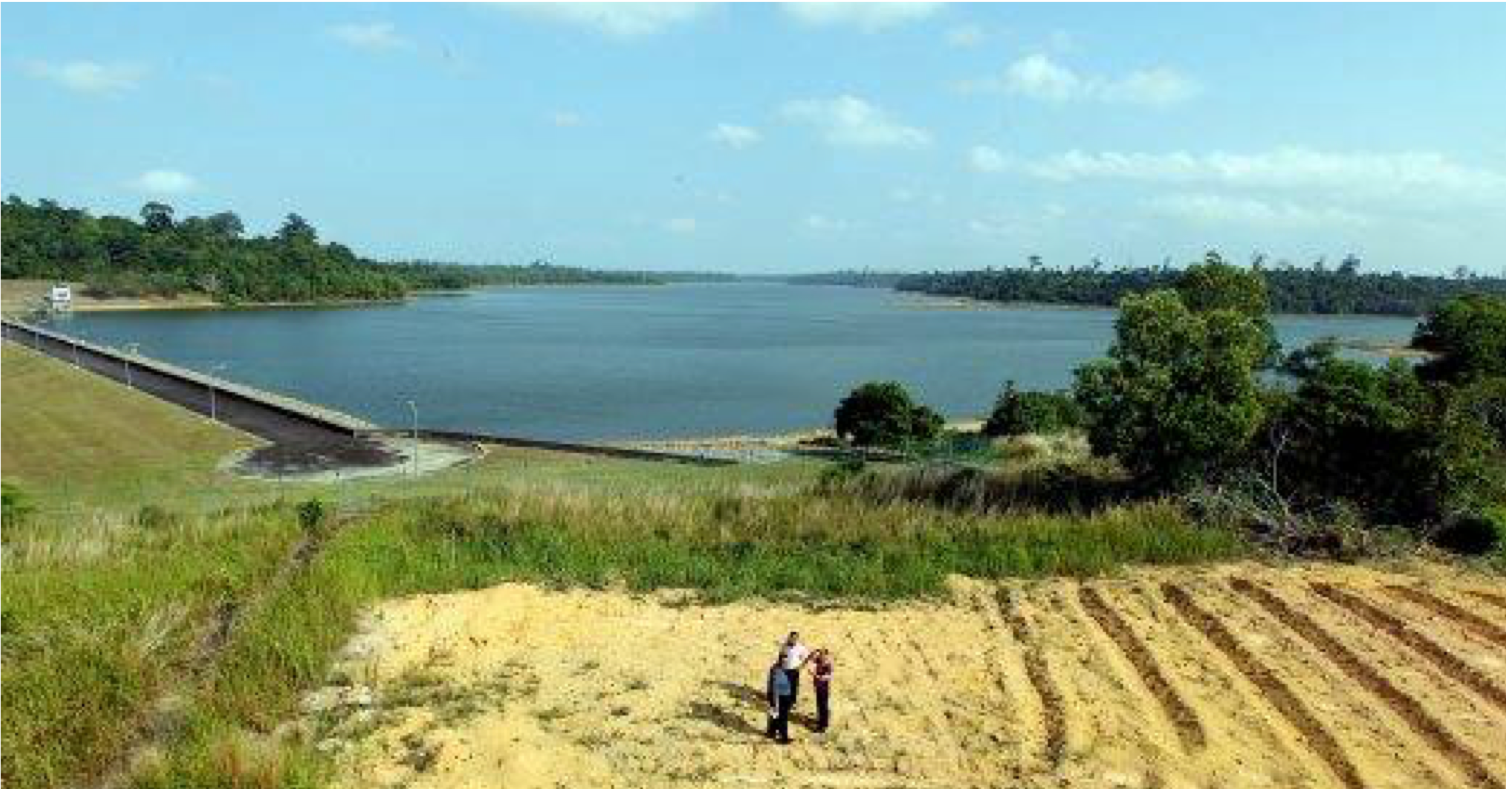In a worrying sign, Malaysian news agency Bernama reported on Feb. 26 that the water levels at Sungai Lebam Dam in Johor, Malaysia were far lower than expected.
According to the chairman of the Johor International Trade, Investment and Utilities Committee, Jimmy Puah Wee Tse, a "healthy" level of water in the dam would be around 14 metres.
12.7 metres represents a "critical" level of water.
The water level in the dam right now? 10.9 metres.
There are about 100,000 residents in the Kota Tinggi. If the water level continues to ebb, about 20,000 residents will be affected.
Johor government preparing backups
But Puah said the dam had sufficient water supplies for 70 days, and said that the Johor government was aware of the problem.
"The current hot and dry spell is a cause of concern to the Johor government. We do not want any water supply problems here (in Kota Tinggi) as there are about 100,000 residents in areas like Pengerang, Teluk Ramunia, Air Tawar and Tanjung Balau."
Puah had previously informed the media that the state government of Johor is working closely with water operator Ranhill SAJ, and the Johor Water Regulatory Body, to monitor the situation.
Malaysia has faced a prolonged dry spell, with high temperatures of 35°C to 37°C recorded for three consecutive days, triggering an official heatwave alert by the authorities.
Puah also revealed a "backup plan", in which three tube wells would be dug near the vicinity of the dam.
This would supply another 0.9 million litres of underground water for the Lok Heng area.
Singapore to help?
It's possible that Johor might turn to Singapore for assistance.
Singapore has helped Johor before by supplying extra treated water, on top of what we already provide to Johor.
In January 2019, at Johor's request, Singapore supplied an additional six million gallons of treated water per day over three days.
However this was due to pollution issues, not drought.
Related story:
Top image from Sahabat Alam Malaysia's Facebook page.
If you like what you read, follow us on Facebook, Instagram, Twitter and Telegram to get the latest updates.
